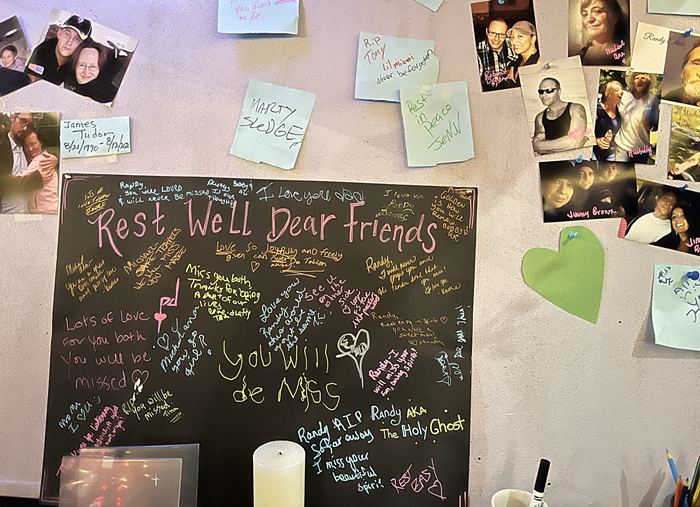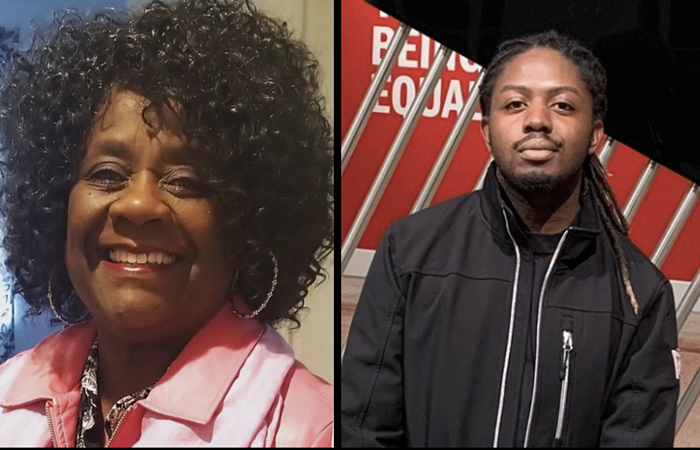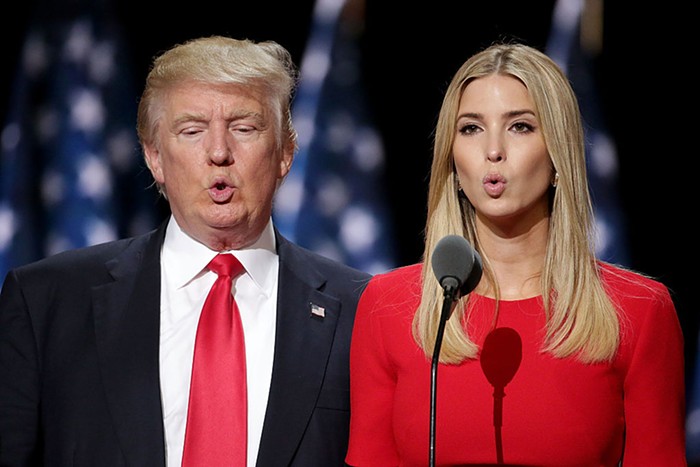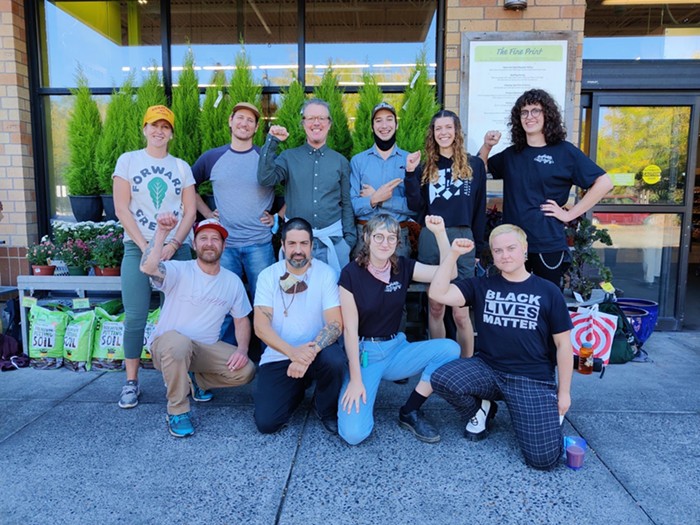
Between the Hulu adaptation and renewed interest in feminist activism, I've been glad to see readers flocking to Margaret Atwood's enthralling classic, The Handmaid's Tale, about a woman quietly fighting for autonomy in a society where women are forced to give birth against their will or are banished for being infertile. Ever since I picked it up off my grandmother's bookshelf and furiously read it on the way to my first year of college at a misandrist institution, the story's stuck with me—even more so when I started writing about paternalistic anti-abortion legislation.
Because the parallels aren't subtle.
The Handmaid's Tale is typically categorized as speculative fiction, but it's very much rooted in the realities of life in countries where sexism informs governance. Atwood based it on real-life political situations in countries like Afghanistan at the time she wrote it, but it resonates strongly with the United States too, where the conversation around women's rights has too often been steered by conservative lawmakers claiming evangelical Christianity. Atwood envisioned a world that's certainly more extreme than the one we live in, but it reads as a document of unchecked misogyny as policy—something that doesn't begin and end with Donald Trump.
I keep seeing people expressing fear that the society depicted in The Handmaid's Tale is what ours will become. This seems like the wrong way to look at a book that isn't so much a predictive portrayal of an avoidable worst-case scenario, but a composite representation of the many ways women are already dehumanized, abused, and controlled by people in power.
If you think I'm being overly cynical, take a look at what abortion access in red states looks like. Look at the laws that force women to have invasive transvaginal ultrasounds before being allowed an abortion, the laws that endanger young people who need abortion procedures, the increasingly creative junk science scripts some states force doctors to recite before their patients, all in the hopes of dissuading women from exercising what is nominally a constitutionally protected right—or simply making it more difficult for them. Consider the way some states criminalize miscarriage, or the criminal justice system's profound failure of rape victims.
There's a reason I've often heard reproductive rights activists compare anti-abortion politicians to the oppressive regime of Gilead. And it was around before November 9.
I'm not saying any of this to be a downer. I'm saying it because we can do a lot better than wringing our hands and acting like we don't recognize that the society depicted in Atwood's book is obviously a reflection of our own. Fear is a great distraction from admitting that Atwood's universe isn't a far-off construction, but a reflection of many realities women have already lived at home and abroad. It's important that we recognize the reality of it, because it needs to be resisted.
So, yes, I'm glad that people are finally getting to this incredible text. Welcome to the book club. Men are not allowed*.
But if you don't see the echoes of our own society in Atwood's book, I'm not sure why you're reading it at all.
*This is a joke. Men are REQUIRED to participate.














